
How to Install an RV Awning From Scratch
What Parts Do I Need to Install an Awning? How To Install an RV Awning from Scratch
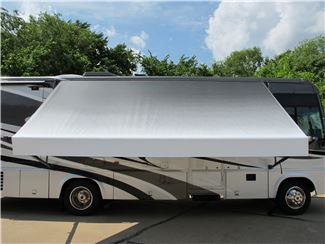
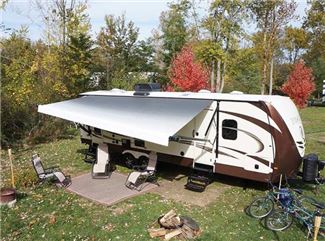
What Parts Do I Need to Install an Awning?
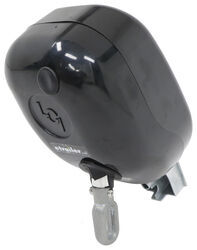
Manual vs. Electric/Powered Awnings
Manual Awnings
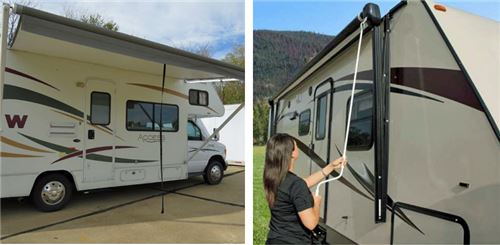
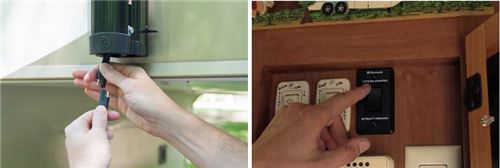
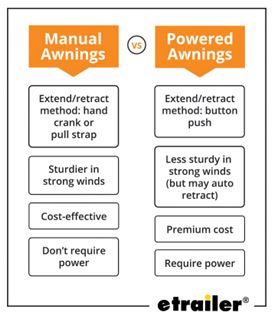
How To Install an RV Awning from Scratch
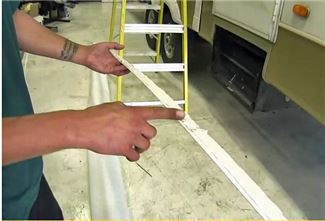
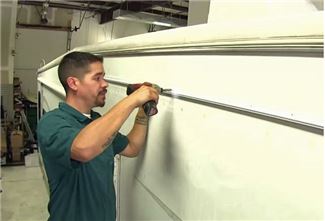
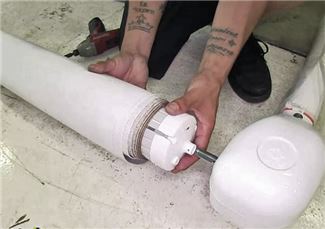
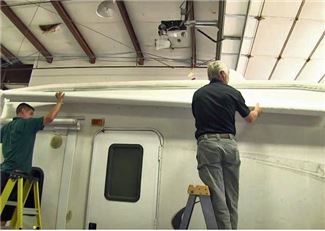

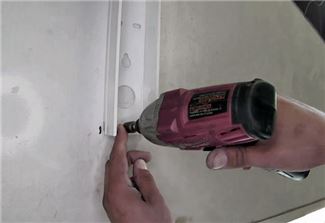
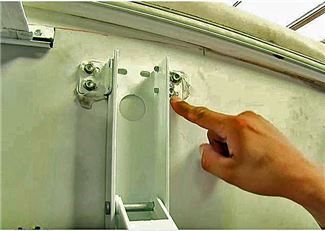
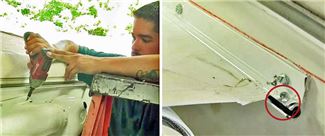
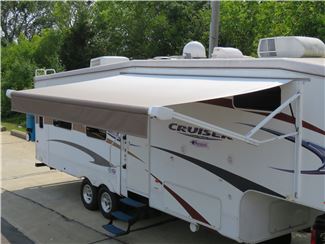
Complete Awning Kit Wall-mounted bracket Outer arm Inner arm Pitch arm Roller tube Canopy Crank wand (for hand-crank models)
Rail Extrusion Butyl tape and/or silicone sealant Silicone lubricant
7 Steps to Clean Your RV Awning, Prevent Mold, and Save Money Cleaning Your RV Black Water Tank in 4 Easy Steps Cleaning Your RV Gray Water Tank in 5 Easy Steps How to Unclog an RV Toilet, Sink, or Shower: Pro Tips for Unclogging Any Tank Don't Break Your Pipes or Your Wallet: Winterize and De-Winterize Your RV
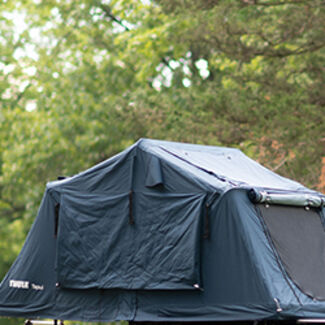
Bailey
7/11/2022
Wondering from start to finish how long it takes to install a new awning, we currently don't have any, so not just replacing the fabric. We are installing the entire thing. Anybody know how long this takes from start to finish to accomplish? And how many people you need to get this project done? Thank you!

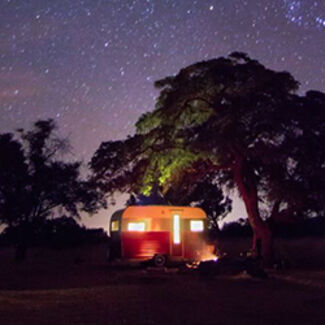
Pj
7/8/2022
I'm wondering about anchoring a brand new awning to the rv. How do you know you are screwing into studs or the frame and not just the thin rv wall? I imagine the top screws would be at the frame but what about the middle and bottom holes? Could large rivets be used?

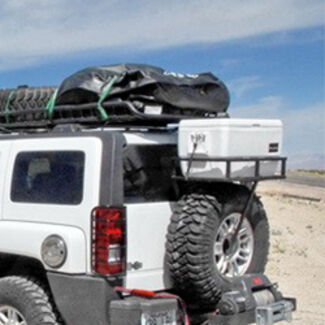
Jaymie
4/19/2022
Question... Wr are new to RV with a 2014 Minnie Winnie 31H. We have an awning for the front part. My question is can a manual awning be applied to the back slide-out? That way we can have shade for the entire passage side of the MH. Thanks



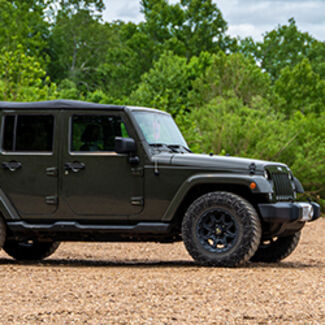

Departments
Towing
- Trailer Hitch
- Fifth Wheel
- Gooseneck
- Towing a Vehicle
- Front Hitch
- RV Hitch
- ATV Hitch
- HD Truck Hitch
- Vehicle Wiring
- Brake Controller
- Ball Mounts
- Weight Distribution
Sports and Recreation
Trailer Parts
- Utility Trailer
- Boat Trailer
- Landscape Trailer
- Enclosed Trailer
- 5th/Camper Trailer
- Car Hauler
- Horse Trailer
Vehicle
Contact & Help

Popular Vehicles
- Subaru Forester
- Ford F-350 Super Duty
- Ford F-250 Super Duty
- Chevrolet Silverado 1500
- Jeep Wrangler Unlimited
- Jeep Wrangler
- Ram 3500
- Toyota Highlander
- Ram 2500
- Chevrolet Silverado 2500
- Subaru Outback Wagon
- Chevrolet Silverado
- Dodge Ram Pickup
- GMC Sierra 2500
- Ram 1500
- Ford F-250 and F-350 Super Duty
- Jeep Grand Cherokee
- Toyota Tacoma
- GMC Sierra 3500
- Toyota Tundra
- Ford Escape
- More >>


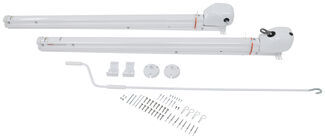




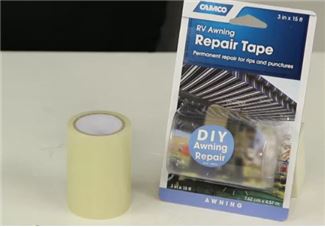
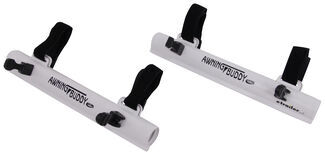
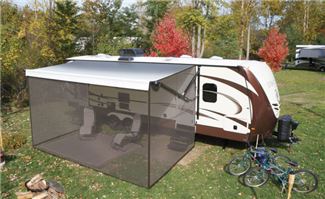



























Tim J.
2/16/2023
Which brand is best?